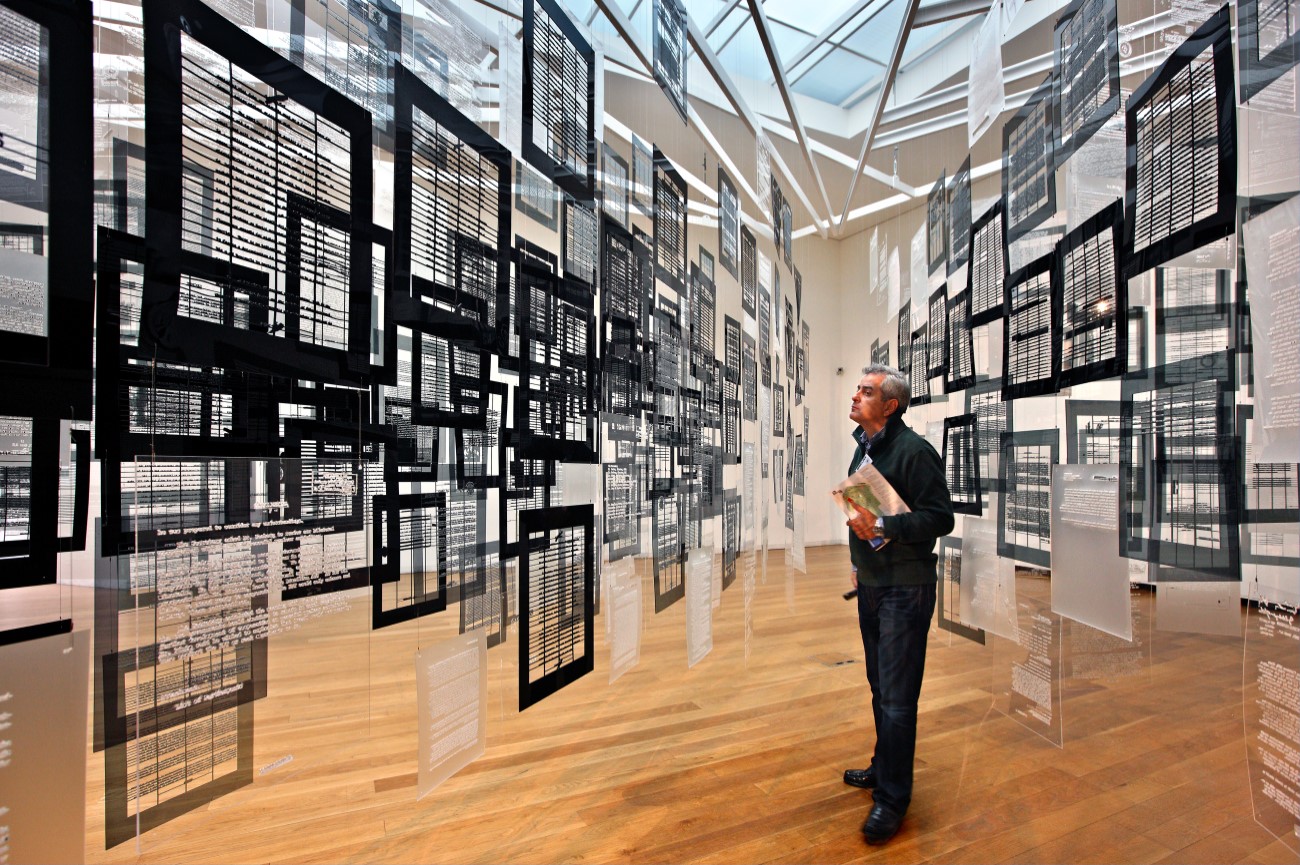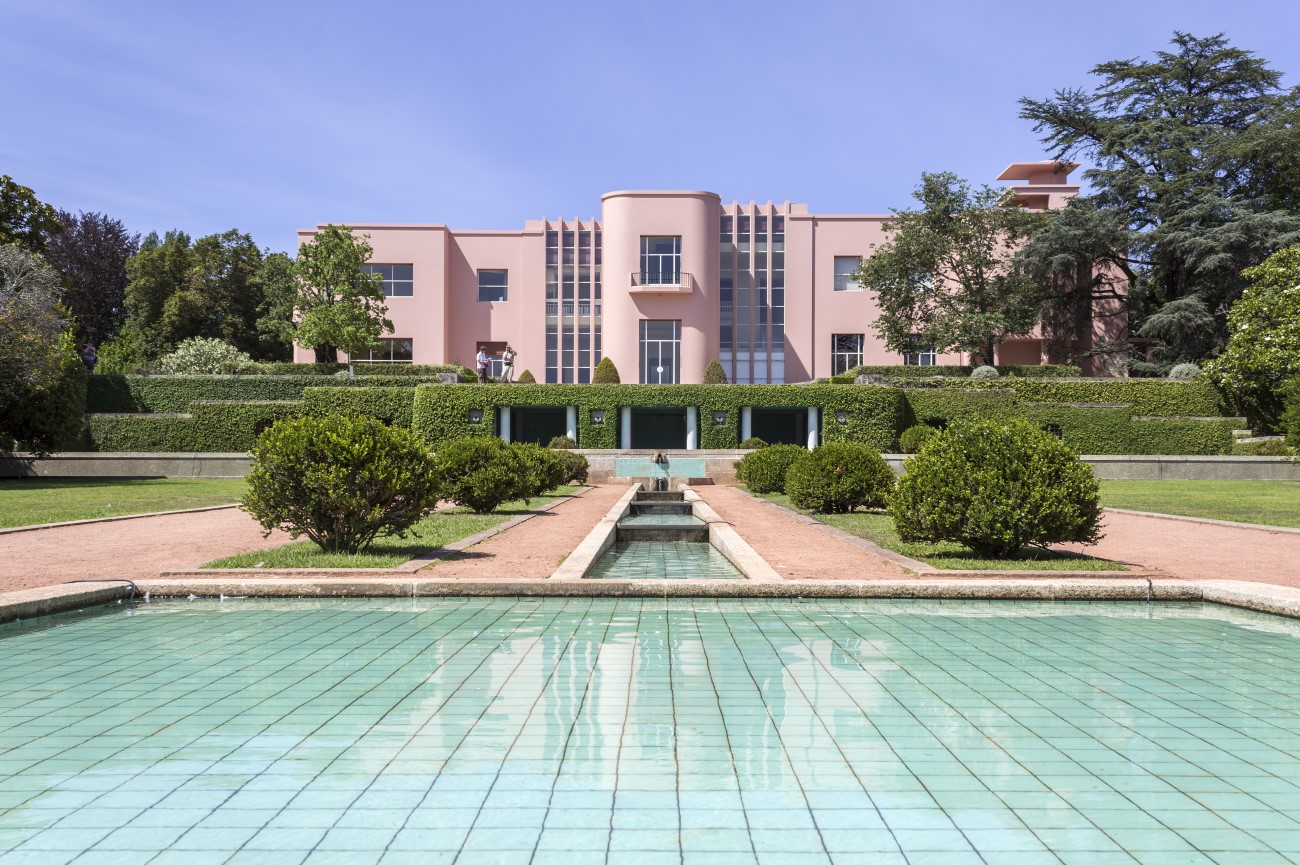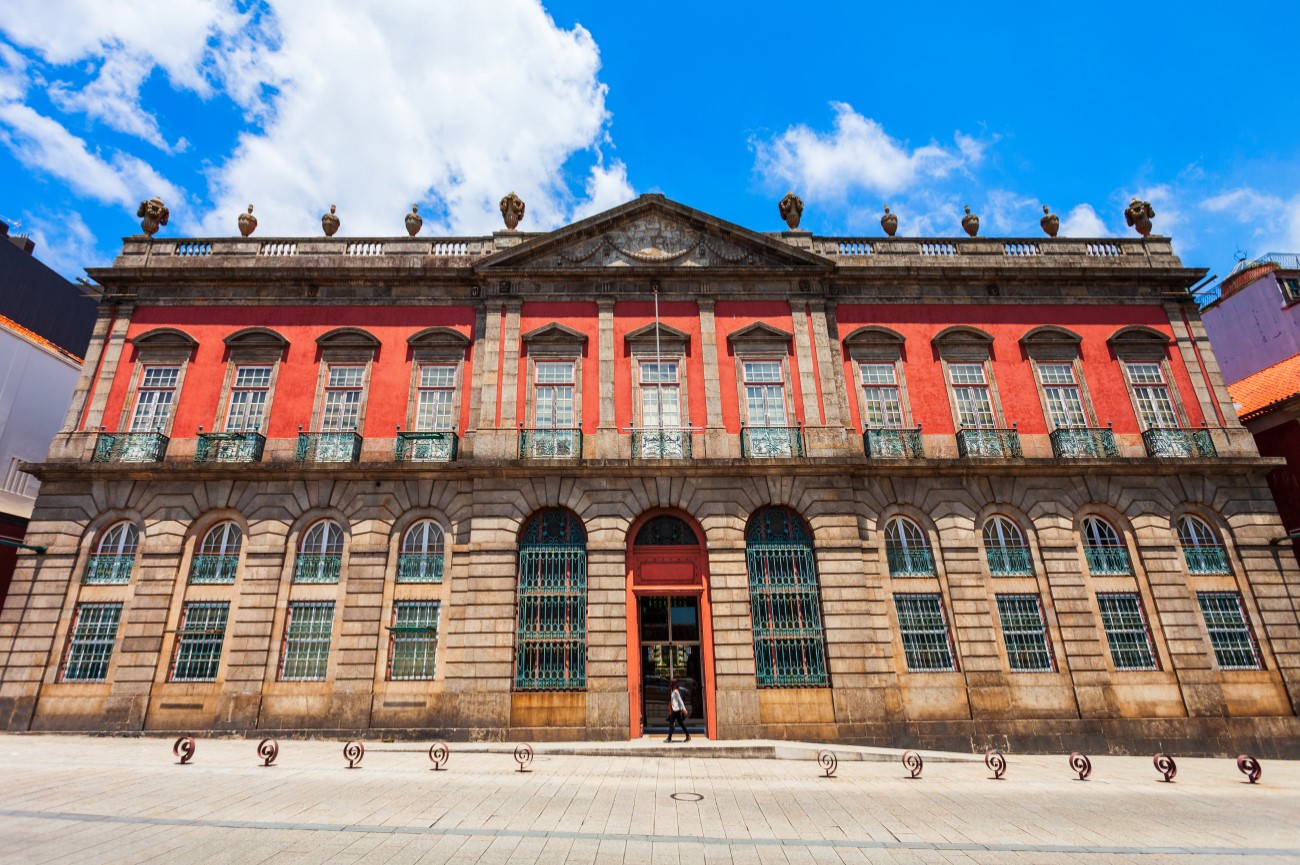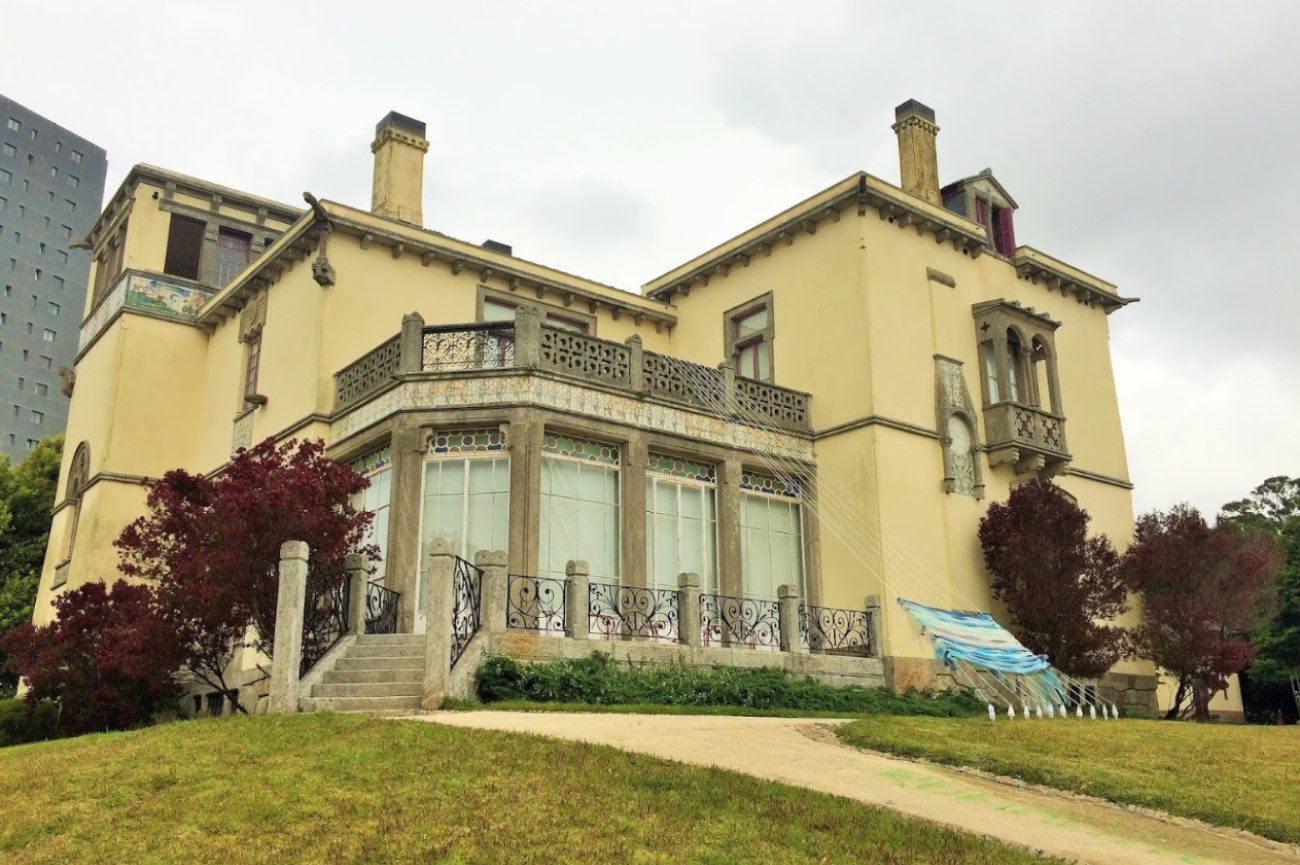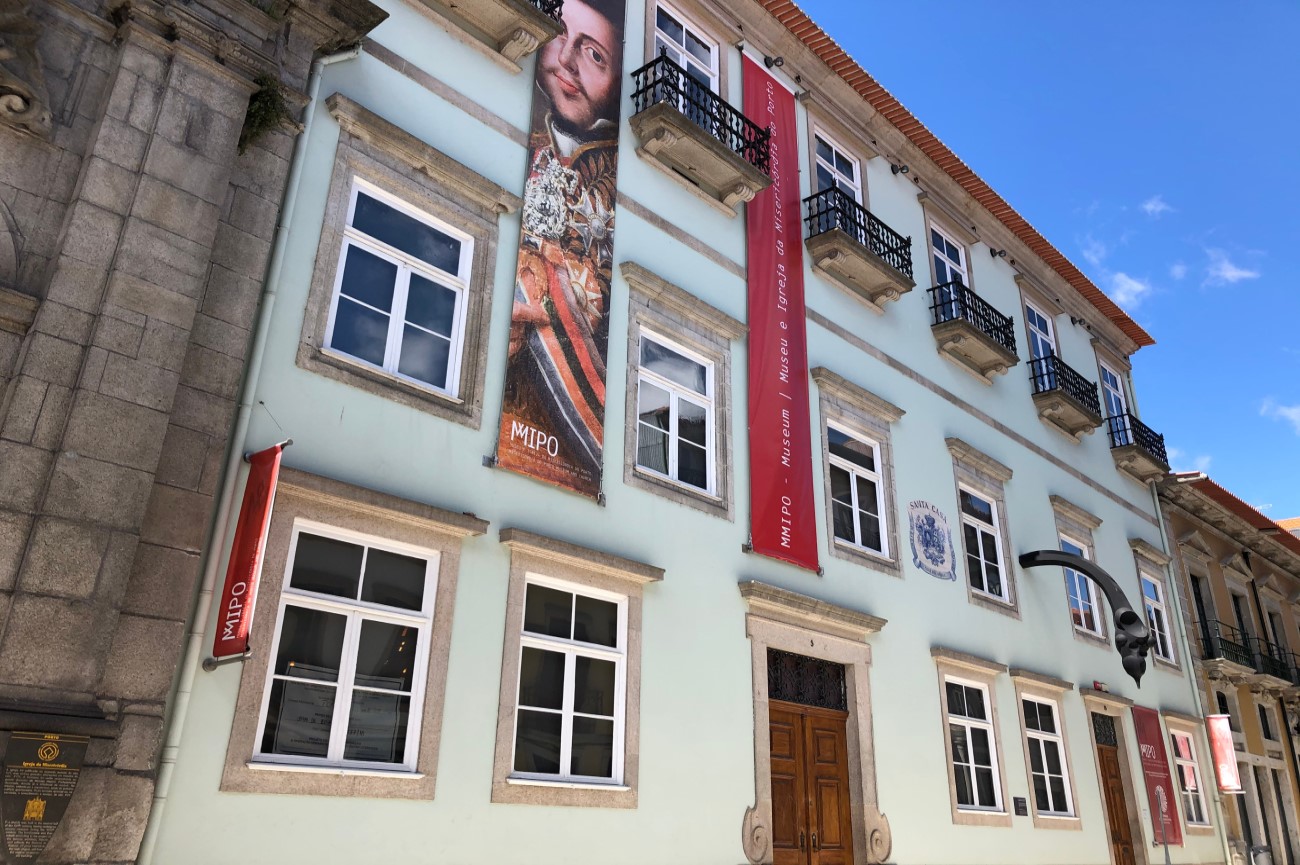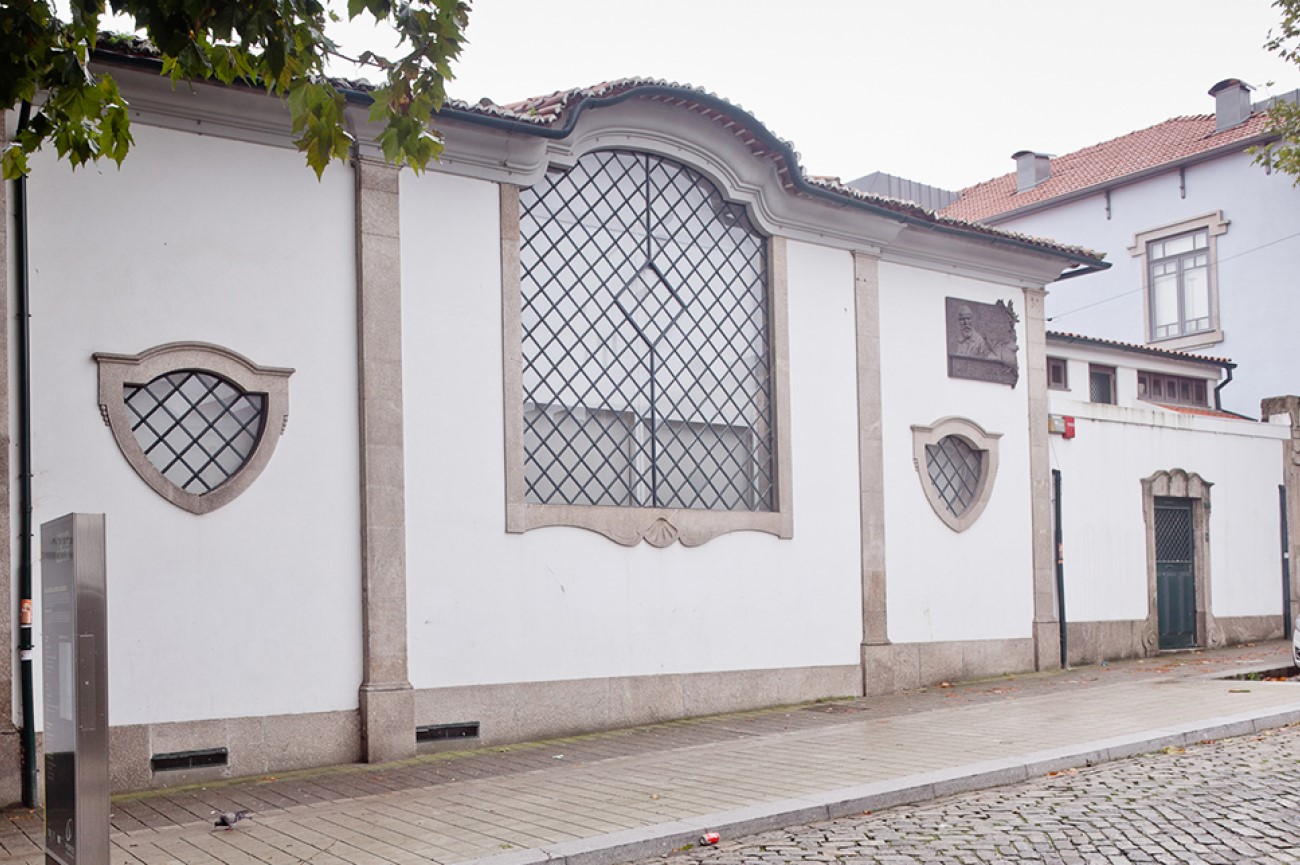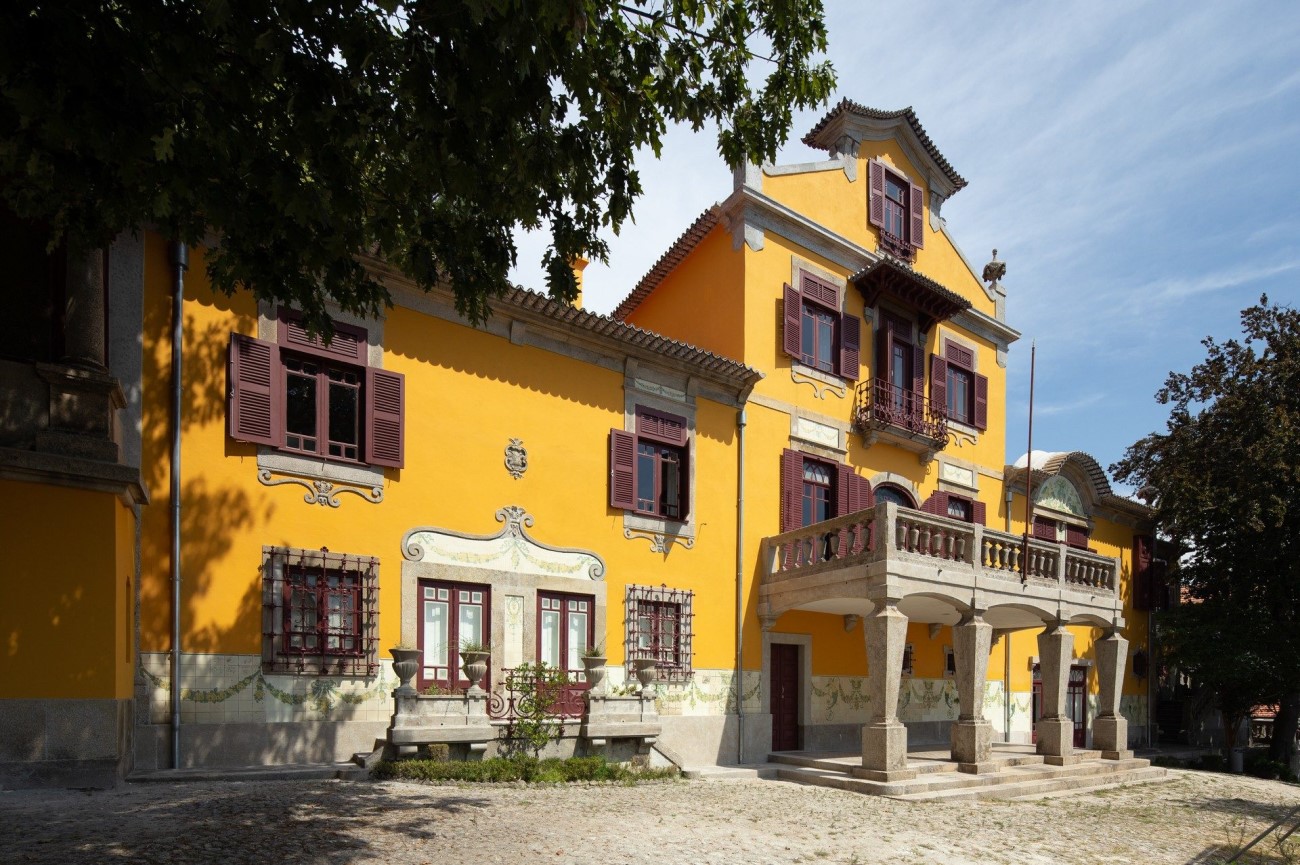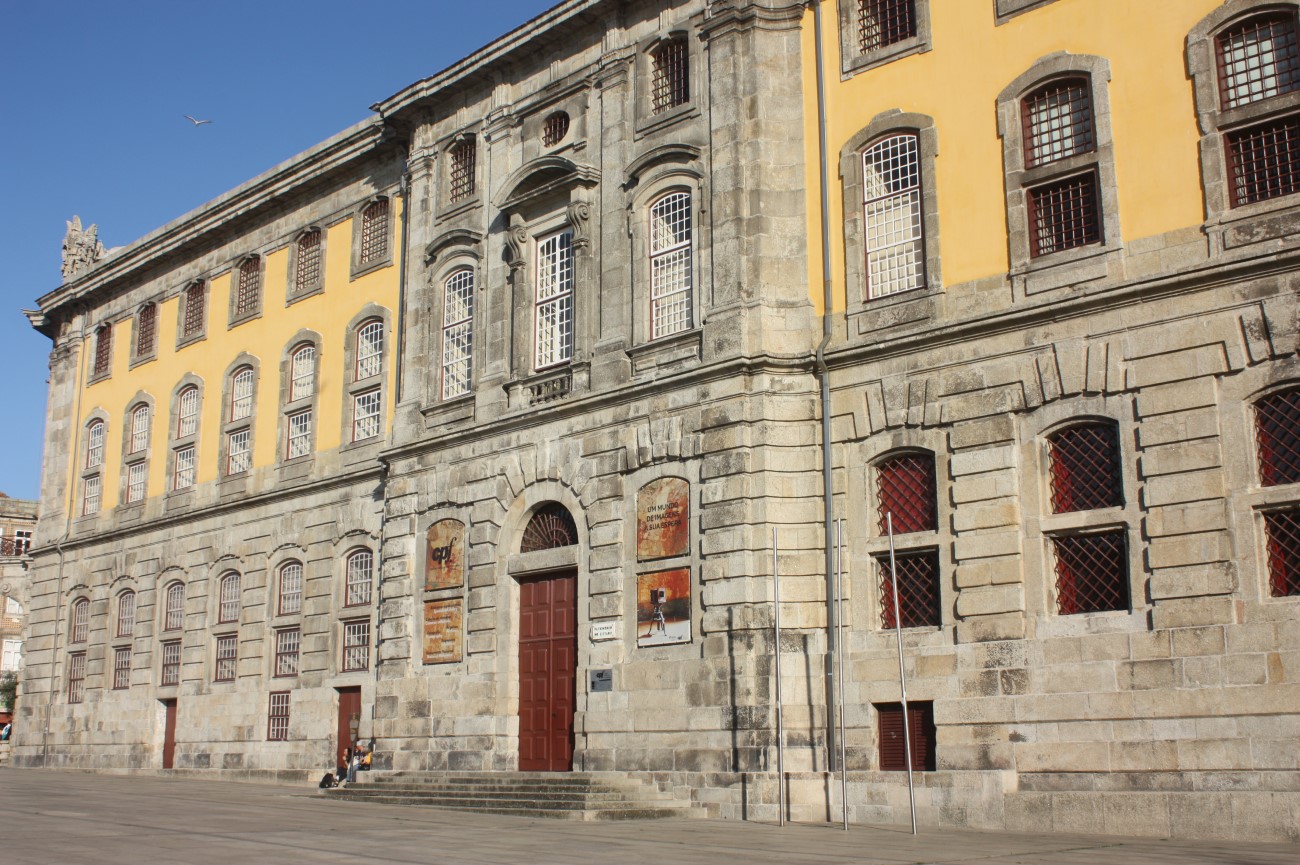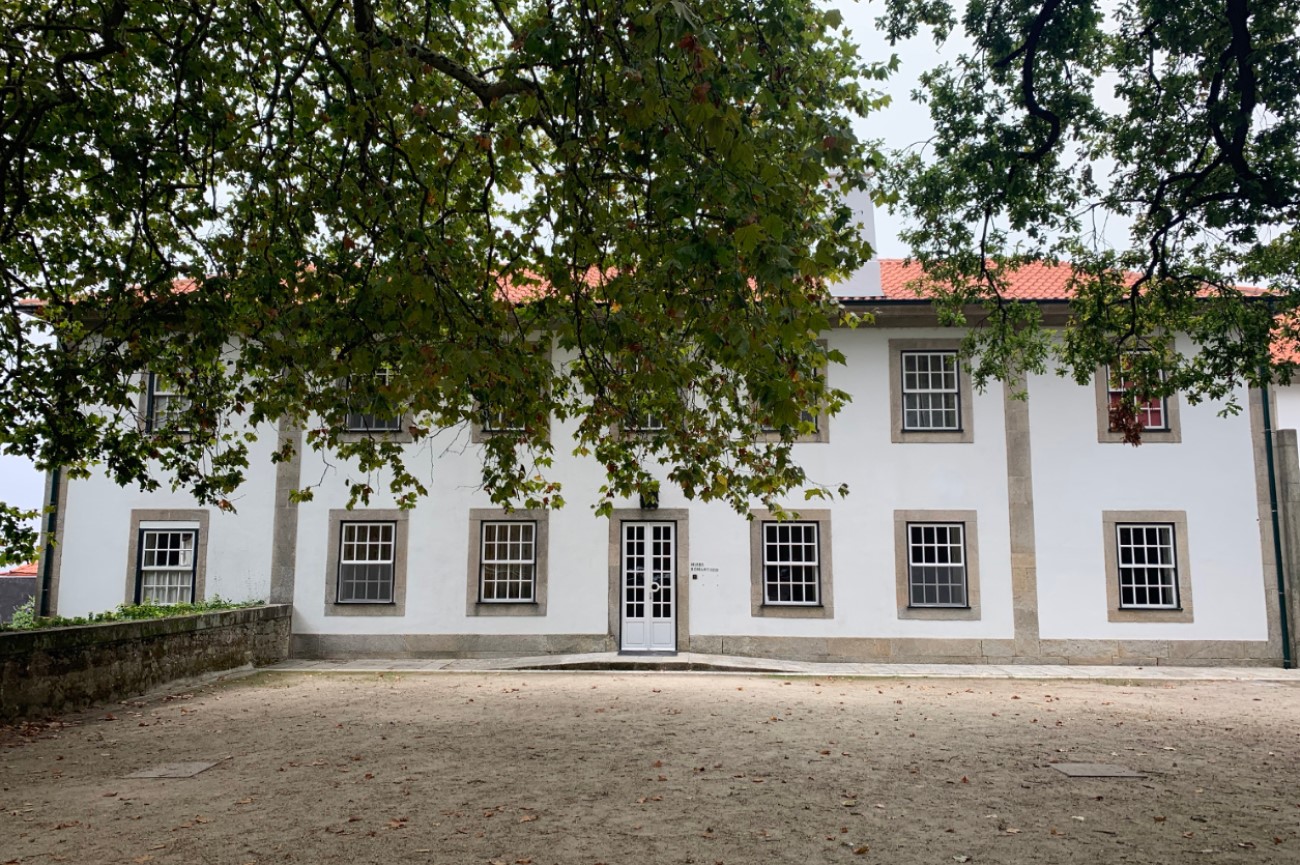Porto Art Galleries
There are a lot of reasons to visit Porto. Portugal’s second-largest city has a beautiful old town, a stunning coastline, and a rich culture. The city has a rich history and distinctive identity, and the entire core is a UNESCO World Heritage site.
Amid all these compelling reasons to visit one of the Iberian peninsula’s most exciting cities, Porto’s impressive art scene is perhaps the most under-rated. Walking down the streets, it’s hard to miss the influence of the city’s emerging street art movement.
It’s well worth making an effort to see “Who are you, Port?” by artist Miguel Januário, a massive façade composed of over 3,000 tiles made by Porto residents. You also shouldn’t miss “Ribeira Negra” by Júlio Resende, which depicts the artist’s childhood in the deprived Ribeira neighbourhood.
In addition to Porto’s incredible street art, you don’t want to leave the city without visiting its many world-class art museums. From religious art to modernism to everything in between, Porto’s museum scene has something for art lovers of any taste.
Museu de arte Contemporânea de Serralves (Serralves Museum of Contemporary Art)
Porto is home to one of the world’s preeminent contemporary art museums, the Serralves Museum of Contemporary Art. Portugal’s second-most-visited museum, the Serralves, has no permanent exhibits but instead hosts five exhibitions from invited artists every year.
The museum is situated in the more extensive Serralves park, itself as artistically interesting as the museum’s collection. Occupying 18-hectares, the gardens are landscaped in the romantic style and dotted with rose bushes locally called “camellias.”
At the centre of the park stands the Casa de Sarralves, a stunning example of art deco architecture and the former summer residence of the Counts of Vizela. On the second floor, you can find a permanent exhibition of the works of the famous Portuguese filmmaker Manoel de Oliveria.
At Serralves, the museum itself is also a piece of art. Designed by Portugual’s most famous architect, Siza Vieira, the building blends organic, modernist, art deco and distinctly Portuguese styles.
The museum has a dedicated bus station, called Serralves, which is serviced by the 203 buses. The best way to get to the museum from the town centre is to take the metro system to the Casa de Música station and then change to the bus line.
Soares dos Reis
If you’re interested in more realistic panting styles, the Soares dos Reis may suit your tastes. The museum houses the most extensive collection of Portuguese art, primarily from the 19th and 20th centuries. The art on display includes painting, sculpture, and ceramics.
It was initially founded in 1833 by King Peter IV to exhibit religious art confiscated from Portuguese Convents. The collection was later transferred to the magnificent Carrancas Palace, once the residence of the family whose name it bears.
The centrepieces of the collection are the sculptures of António Soares dos Reis, after whom the museum is named. Soares dos Reis was known for their ethereal ability to communicate delicate innocence in hard marble.
You also don’t want to miss “Viola,” a painting by famed modernist Amadeo de Souza-Cardoso. Described by some as Portugal’s Picasso, his work combines cubism, futurism, and expressionism.
Admission is 5 euros for a standard ticket and free for children. The closest metro station to Soares dos Reis is Aliados (served by the A, B, C, and F lines), from which the museum is a 10-minute walk. You can also reach the museum on the 703 bus service, which stops at Carmo.
Museu da Quinta de Santiago (Quinta de Santiago Museum)
A short day trip from Porto to the idyllic seaside town of Matosinhos, the Quinta de Santiago Museum is dedicated to local art and history.
You can learn about local social history on the museum's first floor. The second floor hosts a painting and sculpture collection featuring the works of António Carneiro, Agostinho Salgado, Augusto Gomes, and Aurélia de Souza e Joaquim Lopes.
After you’ve seen the museum, you can visit the Praia de Matosinhos, the largest sandy beach close to Porto and a favourite destination for Porto’s residents during the summer months. Be sure to sample some of the town’s fresh fish and seafood, caught fresh each day by local fishermen.
You can get to Matosinhos in a little under an hour. It’s best to take the 500 hundred buses from the São Bento Station along the north bank of the Douro River. This route takes around 40 minutes, but you’ll likely need to get to the station serviced by various metro lines. Once in Matosinhos, you’ll find the museum next to the Rio Leca.
Museu da Misericórdia do Porto (Porto Musuem of Mercy)
Located on the Banks of the tranquil Douro River in central Porto, the Porto Museum of Mercy showcases 15th to 17th Century religious art, portraiture, and religious objects.
The museum’s location near other attractions, such as the Clérigos Tower, make it a quick and easy visit. The museum is just a five-minute walk away from the São Bento metro and train station.
Casa-oficina António Carneiro (House-Studio António Carneiro)
The Casa-Oficina António Carneiro is the converted house and studio of Portuguese painter António Carneiro, a protégé of António Soares dos Reis and a poet. The museum showcases some of Caneiro’s most famous paintings, including “A Vida,” a triptych reflecting on the progression of life, and "Camões," a depiction of Portugal’s greatest poet.
The museum is situated across the Douro River from Porto’s centre and most of the city’s attractions. However, it’s not far and offers an opportunity to visit the beautiful Jardim do Morro, a hilltop park with views of the entire city. And, for those not looking to break a sweat, it has a cable car that offers yet another vantage point of the city.
Palacete Ramos Pinto (Ramos Pinto Palace)
The Palacete Ramos Pinto is an exhibition space housed in the Casa São Roque, the retreat for Porto’s nobility since 1759. It was famously the home of António Ramos Pinto, one of the most well-known merchants of Port wine. In 1911, it was remodelled by architect José Marques da Silva and retained his eclectic style.
In contrast to the manor, the rotating exhibitions of the Palacete Ramos Pinto are typical of contemporary art. The villa has no permanent collection, so you can come back often and never see the same thing twice.
The house’s gardens were first landscaped in the eighteenth century and comprised small plots of herbaceous plants and flower bushes. They blend into the surrounding Parque São Roque, a more than four-hectare landscape dotted with Porto’s famous flower, the camellia.
The Palacete is close to the city centre. If you want to take public transport, it is best reached via the Campahã bus and metro stations.
Centro Português de Fotografía (Portuguese Centre of Photography)
Founded in 1997, the Portuguese Centre of Photography has everything that photo fanatic could want. This includes the National Collection of Photography, a historical collection of cameras and photography equipment.
The collection is housed in the old Cadeia da Relação prison, which was still in use until the end of the Salazar dictatorship in 1974. Each of the old cells has now been restored to serve as a photo gallery.
You’ll notice a significant improvement in conditions as you climb up the museum, as each ascending floor holds a higher class of criminals. On the top floor, you’ll find excellent views of the city.
The Portuguese Centre of Photography is located right in the city centre, so it’s best to reach it on foot.
Museu da Cidade – Extensão do Romantismo (City Museum – Romanticism Extension)
Just north of the Douro River, the Museu da Cidade is a museum dispersed throughout Porto, with each extension focusing on a specific aspect of Porto’s unique history and culture. The romanticism extension is a stunning house museum featuring period art and furnishings. Don’t miss the house’s lovely gardens and scenic views of the river.
The closest metro station to City Museum - Romanticism Extension is station Miguel Bombarda, a 10-minute walk from the museum.


